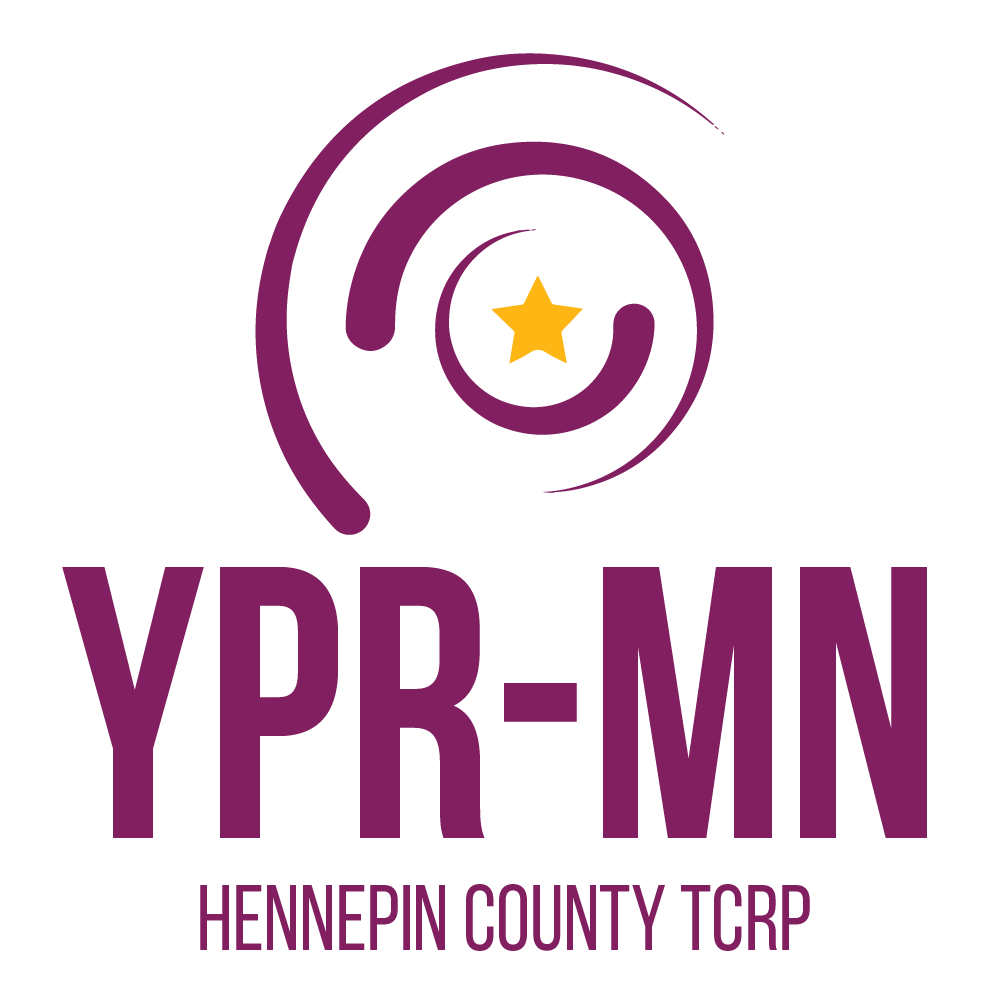Chapter Life
Welcome to the YPR-Hennepin County LERA chapter, established in November 2023, our chapter has grown to have a decent size group of Recovery driven individuals. We are here as a resource and community for youth ages 12-24, and pathways of recovery and walks of life to be welcomed and celebrated. We are here to enhance your journey with multiple ways to be engaged with recovery, community, and cultural identity.
At YPR, we envision a world where all people have the resources they need to thrive in recovery from addiction to drugs and alcohol. All of YPR’s recovery support services are offered free to people in or seeking recovery and allies to the recovery community.
Events include:
All-Recovery Meetings
An all-recovery meeting at the LERA chapter comes in the form of a Talking Circle. The Talking Circle: Wellbriety for Youth, is a meeting for any person in recovery, as well as their allies where they can attend and find support. This is a space where youth ages 12-24 can come and lean on one another for support, cultural empowerment, and compassion.
Pro-Social Events
These events are hosted in person and include activities such as movie nights, health-focused outings, and community activities. New ideas for events are always welcome and encouraged from members!
Life Skills Training Workshops
Life Skills with Wellbriety integrates Wellbriety teachings with My Future is EPIC, which is a 10-week recovery centered life skills curriculum.
Chapter REsources
Little Earth Residents Association
Facebook Page
Little Earth is a 9.4 acre, 212-unit Housing and Urban Development (HUD) subsidized housing complex located in the urban industrial core of Minneapolis, Minnesota in the East Phillips Neighborhood. Home to nearly 1,000 residents, 50% of whom are under the age of 21, Little Earth was founded in 1973 and remains the only Indigenous preference project-based Section 8 rental assistance community in the United States. The Little Earth community has become a model for organizing on a variety of environmental and social justice issues, as well as a model of self-determination for all Native peoples. Although originally intended to be temporary housing, Little Earth residents prefer to live close to or in the community due to the community’s cultural identity and the need for cultural preservation.


